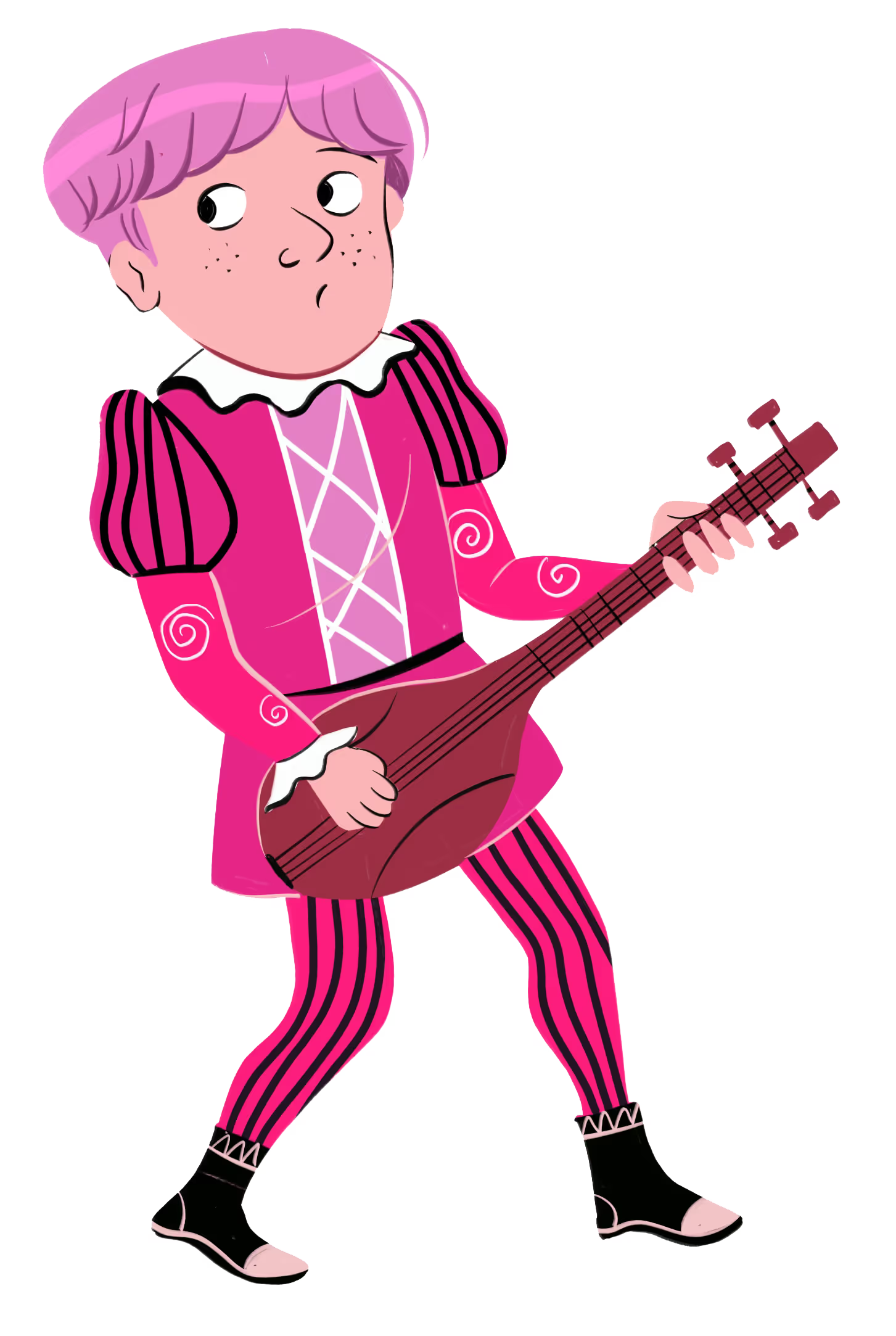Social media is how many connect online to keep up with the news, stay in contact with friends, and participate in online discourse (such as Facebook, Twitter, Instagram, TikTok, Reddit, and more. With the growth of social media, people are now catered to in a way never before: through the algorithm, a personal curation of interests, ideas, people, and organizations that all fit together. In what’s called a “bubble”, people have their viewpoints reinforced by others around them, as the algorithm tries to match everyone together based on their interests. In this lesson, we’ll explain what the algorithm is, and consider the pros and cons of it, including ways we can break beyond the bubble and see what others think.



























